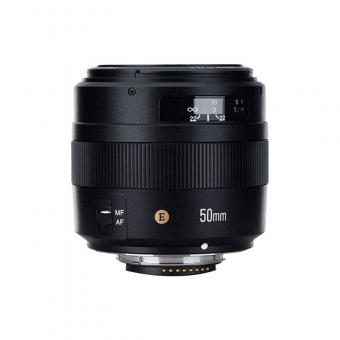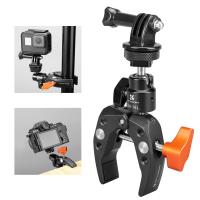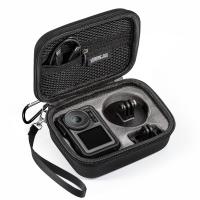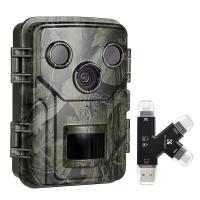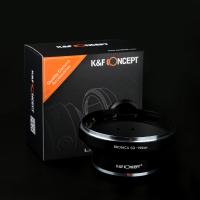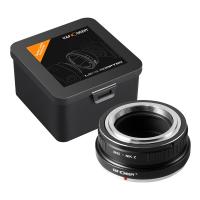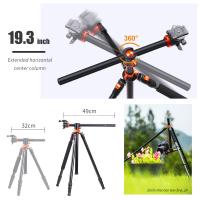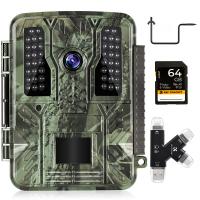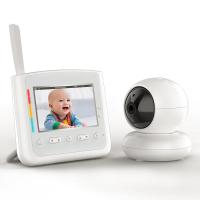How A Digital Camera Could Recognise A Character ?
A digital camera can recognize a character through a process called Optical Character Recognition (OCR). OCR technology uses algorithms to analyze the patterns of characters in an image and convert them into machine-readable text. The camera captures an image of the character, and the OCR software analyzes the image to identify the shape and pattern of the character. The software then compares the pattern to a database of known characters to determine the most likely match. This process is commonly used in document scanning and text recognition applications, such as converting printed text into digital text. OCR technology has advanced significantly in recent years, and it is now possible to recognize characters in a wide range of fonts and languages with high accuracy.
1、 Optical Character Recognition (OCR) technology
A digital camera can recognise a character through the use of Optical Character Recognition (OCR) technology. OCR technology is a process of converting scanned images of text into machine-encoded text. This technology uses complex algorithms to recognise and interpret the characters in an image and convert them into digital text that can be edited, searched, and stored.
OCR technology works by analysing the image of the text and identifying the shapes and patterns of the characters. The software then compares these shapes and patterns to a database of known characters to determine the most likely match. Once the character is identified, it is converted into digital text and can be used in a variety of applications.
The latest point of view on OCR technology is that it has become more accurate and efficient in recent years. With the advancements in machine learning and artificial intelligence, OCR technology can now recognise a wider range of fonts and languages, and can even recognise handwriting. This has made OCR technology an essential tool for businesses and organisations that need to digitise large amounts of text-based information.
In addition, OCR technology has become more accessible to the general public through the use of mobile apps. These apps allow users to take a picture of a document and convert it into digital text that can be edited and shared. This has made it easier for individuals to manage their documents and information on the go.
Overall, OCR technology has revolutionised the way we process and manage text-based information. Its accuracy and efficiency have made it an essential tool for businesses, organisations, and individuals alike.

2、 Machine learning algorithms
A digital camera can recognise a character through the use of machine learning algorithms. These algorithms are designed to learn from data and improve their accuracy over time. In the case of character recognition, the camera would capture an image of the character and then use machine learning algorithms to analyse the image and identify the character.
The latest point of view on this topic is that machine learning algorithms have become increasingly sophisticated in recent years, thanks to advances in artificial intelligence and deep learning. These algorithms are now capable of recognising characters with a high degree of accuracy, even in challenging conditions such as low light or blurry images.
One popular approach to character recognition is to use convolutional neural networks (CNNs). These networks are designed to mimic the way the human brain processes visual information, and they have been shown to be highly effective at recognising characters in images.
Another approach is to use recurrent neural networks (RNNs), which are designed to process sequences of data. This approach is particularly useful for recognising handwriting, as it allows the algorithm to take into account the order in which the strokes were made.
Overall, the use of machine learning algorithms has revolutionised character recognition in digital cameras, making it faster, more accurate, and more reliable than ever before. As these algorithms continue to improve, we can expect to see even more advanced applications of character recognition in the future.
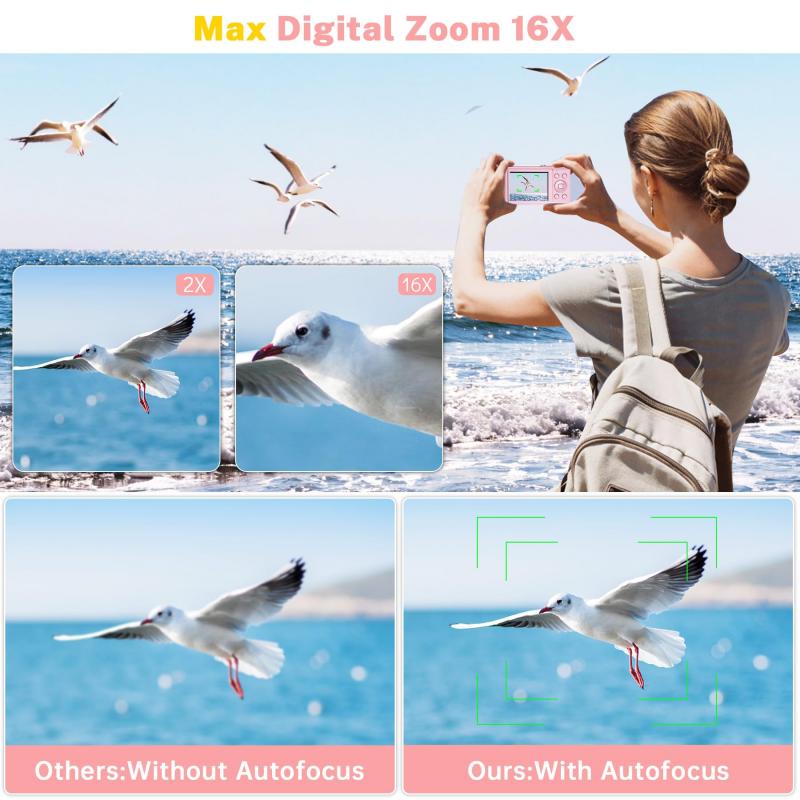
3、 Image processing techniques
A digital camera can recognise a character through image processing techniques. Image processing techniques involve the use of algorithms and mathematical operations to manipulate digital images. These techniques can be used to extract features from an image, such as edges, corners, and textures, which can then be used to identify characters.
One of the most common image processing techniques used for character recognition is optical character recognition (OCR). OCR involves the use of algorithms to recognise characters in an image and convert them into machine-readable text. OCR algorithms work by analysing the shape and structure of characters in an image and comparing them to a database of known characters.
Another image processing technique used for character recognition is template matching. Template matching involves comparing an image to a pre-defined template or pattern to identify characters. This technique is often used in applications where the characters are of a fixed size and shape, such as license plate recognition.
Recent advancements in image processing techniques have led to the development of deep learning algorithms for character recognition. Deep learning algorithms use artificial neural networks to learn and recognise patterns in images. These algorithms have shown promising results in character recognition tasks, particularly in applications where the characters are of varying sizes and shapes.
In conclusion, image processing techniques such as OCR, template matching, and deep learning algorithms can be used to recognise characters in digital images captured by a digital camera. These techniques have been continuously evolving and improving, leading to more accurate and efficient character recognition systems.

4、 Feature extraction methods
A digital camera can recognise a character through feature extraction methods. Feature extraction is the process of identifying and extracting relevant information or features from an image. In the case of character recognition, the features could be the shape, size, and orientation of the characters.
One of the most common feature extraction methods used in character recognition is the use of edge detection algorithms. These algorithms identify the edges of the characters in the image and extract them as features. Other methods include template matching, which compares the image to a pre-defined template of the character, and neural networks, which use machine learning algorithms to identify patterns in the image.
The latest point of view in feature extraction for character recognition is the use of deep learning techniques such as convolutional neural networks (CNNs). CNNs are designed to automatically learn and extract features from images, making them highly effective for character recognition tasks. They have been shown to outperform traditional feature extraction methods in terms of accuracy and speed.
In conclusion, feature extraction methods are essential for character recognition in digital cameras. The latest advancements in deep learning techniques such as CNNs have made it possible to achieve high accuracy and speed in character recognition tasks.








